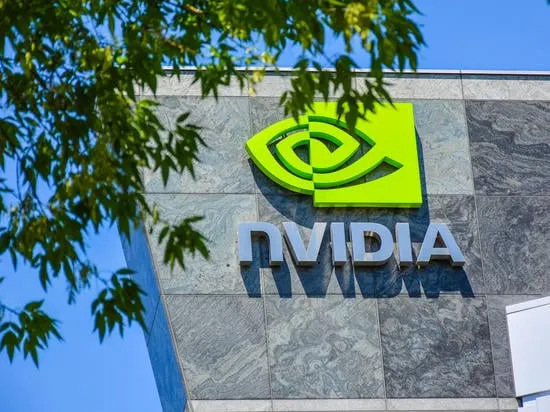In a remarkable display of technological prowess and financial clout, the seven most valuable companies in the world have consolidated their grip on the S&P 500 Index. Just two years ago, these tech behemoths accounted for only 20% of the index’s value, but today they make up a staggering one-third (33%) with a combined market capitalization of over $18 trillion. This concentration of power has sparked concerns about market dominance and its implications for investors.
A Brief History of the Magnificent Seven
- Apple (AAPL): The Cupertino-based tech giant has maintained its position as the most valuable company in the world, with a market capitalization of almost $4 trillion. Its remarkable growth can be attributed to record sales and strategic stock buybacks.
- Nvidia (NVDA): The graphics processing unit (GPU) pioneer has seen its market value surge by an astonishing 63% over 2024, reaching a staggering $3.28 trillion. This meteoric rise has raised eyebrows among investors and analysts alike.
- Microsoft (MSFT): The Redmond-based tech giant has solidified its position as a technological leader with record sales and innovative products like Azure and Dynamics 365.
- Amazon (AMZN): The e-commerce behemoth continues to expand its reach, investing heavily in emerging technologies like artificial intelligence, robotics, and the cloud.
- Alphabet (GOOGL): The parent company of Google has demonstrated remarkable adaptability, navigating the shifting landscape of digital advertising and innovation.
- Meta Platforms (META): The social media giant has faced increased scrutiny over its business practices, but its impact on the S&P 500 Index remains significant.
The Risks of Market Concentration
While these companies’ performance is undeniably impressive, their dominance raises concerns about market concentration and its potential consequences:
- Investor Dependence: The increasing reliance on a small group of companies creates a risk-averse environment for investors. When these titans falter, the impact can be devastating for the broader market.
- Lack of Diversification: As the S&P 500 Index becomes more concentrated, it may lead to reduced diversification benefits for investors. This can result in higher risks and lower returns.
A Balanced Approach with Invesco S&P 500 Equal Weight ETF
For those seeking a more balanced exposure to the S&P 500 Index, the Invesco S&P 500 Equal Weight ETF offers an attractive alternative:
- Diversification: By giving all components equal weight, this ETF aims to reduce the impact of individual company performance on the overall index.
- Risk Management: By spreading investments across a broader range of companies, investors can mitigate risks associated with market concentration.
The Future of the Magnificent Seven
As the technology sector continues to expand and evolve, these seven companies will undoubtedly remain at the forefront of innovation. Their impact on investment strategies and market analysis will only continue to grow. By understanding their dominance and its implications, investors can make more informed decisions about their portfolios.
Conclusion
The Magnificent Seven – Apple, Nvidia, Microsoft, Amazon, Alphabet, Meta Platforms, and Tesla – have cemented their position as the leading companies in the S&P 500 Index. While their performance is remarkable, it also raises concerns about market concentration and its potential risks. By acknowledging these challenges, investors can adopt a more balanced approach to investing and mitigate the dangers of relying on a small group of companies.
Additional Resources
- GuruFocus: For in-depth analysis and insights on the S&P 500 Index and individual company performance.
- Invesco S&P 500 Equal Weight ETF: A diversified investment option for those seeking to reduce exposure to market concentration.
Investors would do well to keep a close eye on these seven companies, as their dominance will undoubtedly shape the future of the S&P 500 Index.




